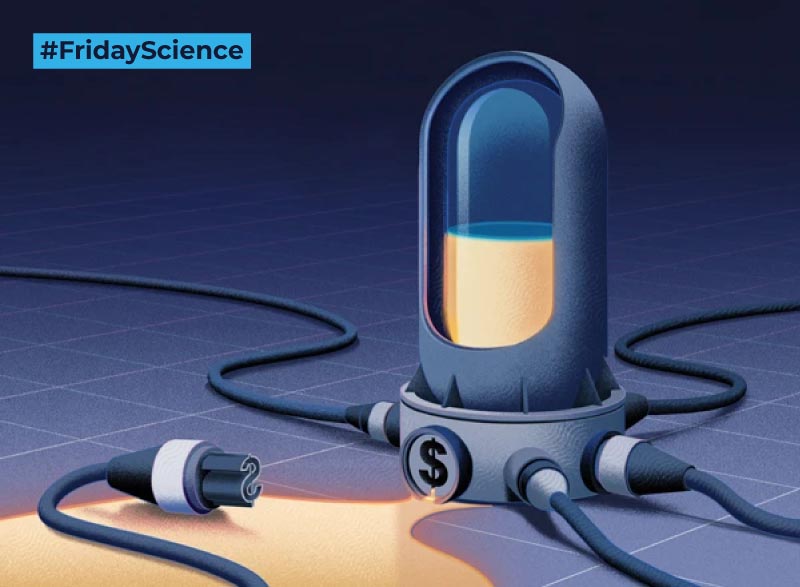Today in FridayScience: Antibiotic resistance is the ‘silent epidemic’ due to many diseases progressively developing resistance to the antibiotics prescribed to treat it. Every year, #AMR infections lead to 700,000 deaths worldwide with the United Nations alarming they can reach 10 million a year by 2050 if no action is taken.
The scarcity of new antibacterial drugs in later stages of development increases the risk of untreatable infections, especially those caused by gram-negative bacteria. One reason is that the preclinical stages of antibiotic research and development (R&D) are the riskiest and create the biggest financial burden.
Typically, antibiotic development starts by searching for antibacterial compounds in nature – there are still hurdles to overcome before entering the market – “Not only do you have to find a new compound that kills bacteria, but it also needs to be stable, non-toxic to humans and work at a low dose so as not to leave residues in the liver and kidneys after treatment.”
Read more: Why big pharma has abandoned antibiotics
